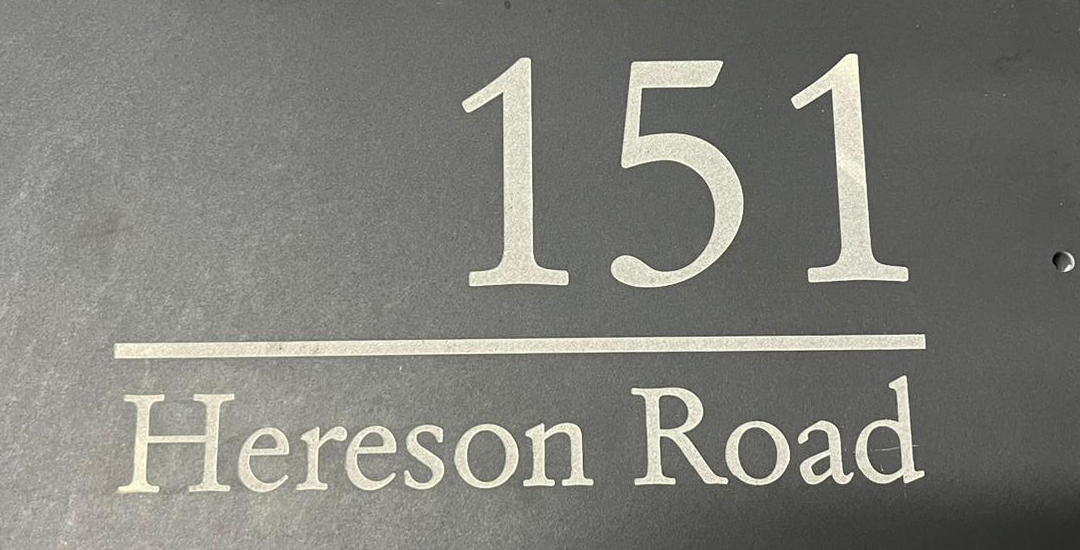Top Asset Marking Techniques: Which One is Right for You?
Choosing the right asset marking technique is crucial for effectively managing and protecting your business assets. With several methods available, each suited to different types of assets and business needs, it’s important to understand the pros and cons of each option. In this blog post, we explore the top asset marking techniques and provide guidance on selecting the one that best fits your business requirements.
Barcode Labels
Barcoding is one of the most popular asset marking techniques used in various industries for inventory and asset management. Barcodes are unique patterns of lines that store information about an asset, such as its identification number, description, and location.
- Advantages: Barcodes are cost-effective, easy to apply, and can be read using standard barcode scanners or smartphone apps. They enable quick and accurate asset tracking, reducing human errors associated with manual data entry. Barcode labels are suitable for a wide range of assets, from office equipment to tools and machinery.
- Disadvantages: Barcodes require direct line-of-sight to be scanned, which may not always be practical. They can also become damaged or worn over time, especially if exposed to harsh environments, reducing their readability.
- Best For: Office supplies, IT equipment, retail stock, tools, and other assets in relatively controlled environments.
QR Code Labels
QR (Quick Response) codes are two-dimensional barcodes that can store more information than traditional barcodes, including URLs, text, and contact details. They are easily scanned using smartphones or tablets.
- Advantages: QR codes are versatile and can store detailed information about an asset. They can link directly to online databases, making it easier to update asset information, maintenance records, or usage instructions. QR codes are also more resilient to damage, as they can still be read if partially obscured.
- Disadvantages: Like barcodes, QR codes require a visible surface to be scanned. They are not suitable for very small assets or items in extremely rough environments where labels could be damaged.
- Best For: IT equipment, office furniture, promotional materials, and assets that require a detailed information database.
Engraving
Engraving is a permanent marking technique where the asset’s identification number, serial number, or other information is etched directly onto its surface. This method is commonly used for high-value or frequently used assets.
- Advantages: Engraving is highly durable and resistant to wear and tear. It provides a permanent identification mark that is difficult to tamper with or remove, making it an excellent deterrent against theft.
- Disadvantages: Engraving is not suitable for all materials, especially softer surfaces like plastic. It also requires specialised equipment and skills, making it more expensive than other marking methods.
- Best For: High-value equipment, tools, machinery, metal parts, and assets in industrial or outdoor environments.
RFID (Radio-Frequency Identification) Tags
RFID technology uses radio waves to read and capture information stored on tags attached to assets. Unlike barcodes and QR codes, RFID does not require line-of-sight scanning and can be read from a distance.
- Advantages: RFID tags can be scanned remotely and in bulk, significantly speeding up asset tracking processes. They are highly durable and can store a large amount of information. RFID is ideal for tracking assets in real-time, especially in large warehouses or industrial settings.
- Disadvantages: RFID systems are more expensive to implement due to the cost of RFID tags, readers, and software. They may also be affected by interference from metals or liquids, which can reduce the accuracy of the readings.
- Best For: Large-scale inventory management, warehouse logistics, construction equipment, and assets requiring real-time location tracking.
UV Marking
UV marking involves applying a special UV ink to an asset, which is invisible to the naked eye and can only be seen under UV light. This method provides a covert way of marking assets for added security.
- Advantages: UV marking acts as a discreet form of identification that is difficult for thieves to detect or remove. It is suitable for marking items where visible labels are undesirable, such as valuable artwork, electronics, or confidential documents.
- Disadvantages: UV marks require a UV light to be viewed, limiting their practicality for regular asset tracking. They are best used as an additional security measure rather than the primary asset marking method.
- Best For: High-value items, confidential assets, artwork, electronics, and items where covert identification is necessary.
Choosing the Right Technique for Your Business
The right asset marking technique for your business depends on several factors, including the type of assets, the environment in which they are used, and your asset management needs. Here are some key considerations to help guide your decision:
- Durability: For assets exposed to harsh conditions, such as outdoor equipment or tools, choose a durable marking method like engraving or RFID tags.
- Cost: If you need a cost-effective solution for marking a large number of assets, barcode or QR code labels are ideal. They provide efficient tracking capabilities without the higher costs associated with RFID systems.
- Level of Detail: QR codes and RFID tags can store more detailed information than traditional barcodes, making them suitable for assets that require comprehensive tracking and management.
- Security: For high-value assets, consider a combination of marking methods, such as engraving paired with a visible label or UV marking for added security.
Conclusion
Each asset marking technique offers unique benefits suited to different business needs and environments. By understanding the strengths and limitations of each method, you can select the right approach for your asset management strategy. Whether you opt for barcodes, QR codes, engraving, RFID tags, or UV marking, effective asset marking provides the security and organisation needed to protect and manage your business assets efficiently.


Comments are closed